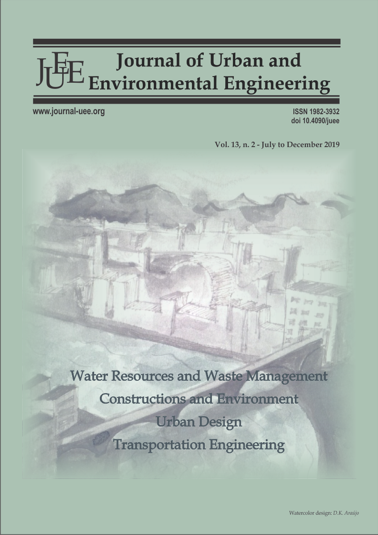IMPACT OF THE PHYSICAL ENVIRONMENT ON USER BEHAVIORS IN URBAN DISTRICT PARK
DOI:
https://doi.org/10.4090/juee.2019.v13n2.336-352Abstract
Urban open spaces (e.g. urban parks) play a pivotal role in improving the quality of life of city dwellers through accommodating various physical and social activities, while further creating social coherence for sustainable development. Due to the shortage of open green spaces in the city, caused by rapid urbanization in developing countries, some big, long-standing urban public spaces such as district parks have been retained, and improved to serve as the main public space for local people. However, such spaces commonly provide outdated, low quality facilities that discourage people from using the park. To satisfy users’ needs, local governments have launched campaigns to improve parks based on the ideas of domestic or foreign designers. The purpose of this research is to explore different behaviors of residents in an open space in Da Nang (Vietnam) which can support the future development and improvement of local open space in accordance with environmental behavior theory. User behaviors were identified and categorized based on their activities in the open space, collected using the place-centered behavior mapping method. Results of the statistical analysis revealed that this open space could be divided into three types, each of which had four dimensions: public facilities setting; openness; accessibility; and recreational facilities. The findings showed some aspects that need to be considered during the development process of open space as follows: 1) increasing the quantity and quality of public amenities; 2) separating accessible space and/or buffer space from already used space inside the park, particularly in the entrance zone; 3) providing space adjacent to the lake; and 4) removing obstacles (e.g. walls around the park) to give a clearer view from inside the park to the streets outside and vice versa. Also, the calculation model of evidence-based designs provides input data for re-planning or creating public space/parks to help designers, planners and authorities improve or design better open spaces in the future.Downloads
Download data is not yet available.
Downloads
Published
2020-03-20
Issue
Section
Articles




